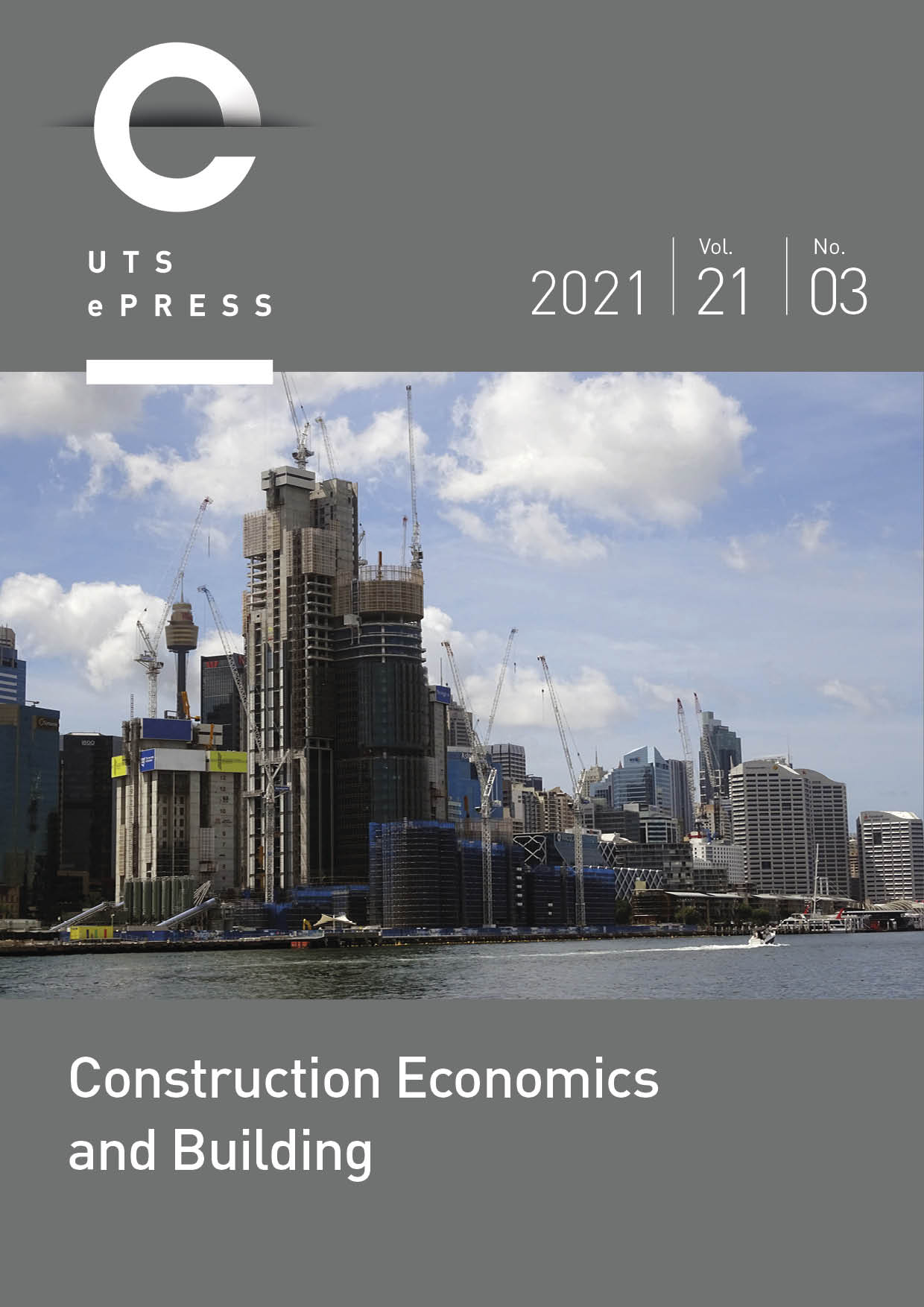Application of Timber and Wood-based Materials in Architectural Design using Multi-objective Optimisation Tools
Main Article Content
Abstract
Digital fabrication leads architects and structural engineers to modify the design optimisation methodology. The designers, as never before, are facing new technologies developed in the search for new materials based, among others, on wood components and the improvement of manufacturing methods at the same time. In this process, the material and manufacturing technology adjustment to desired aesthetic outcomes is possible not only by the material used but also by the self-organisation of the structure's optimisation. New fabrication techniques linked with topology optimising software change traditional load-bearing systems designing using timber and wood-based materials. Multi-objective optimisation research indicates that timber might be a comprehensive material based on various applications from low-tech to cutting-edge contemporary fabrication technologies. The article presents new tools and methods for the optimisation of structural elements. A case study based on interdisciplinary architectural and structural optimisation suggests the possible effective research-based design. Comparing contemporary buildings with wood load-bearing structures explains timber usage's diversity and characteristics in modern design.
Article Details
Section
Authors who publish with this journal agree to the following terms:
a) Authors retain copyright and grant the journal right of first publication with the work simultaneously licensed under a Creative Commons Attribution License that allows others to share and adapt the work with an acknowledgement of the work's authorship and initial publication in this journal.
b) Authors are able to enter into separate, additional contractual arrangements for the non-exclusive distribution of the journal's published version of the work (e.g., post it to an institutional repository or publish it in a book), with an acknowledgement of its initial publication in this journal.
c) Authors are permitted and encouraged to post their work online (e.g., in institutional repositories or on their website) prior to and during the submission process, as it can lead to productive exchanges, as well as earlier and greater citation of published work (See The Open Access Citation Advantage Service). Where authors include such a work in an institutional repository or on their website (ie. a copy of a work which has been published in a UTS ePRESS journal, or a pre-print or post-print version of that work), we request that they include a statement that acknowledges the UTS ePRESS publication including the name of the journal, the volume number and a web-link to the journal item.
d) Authors should be aware that the Creative Commons Attribution (CC-BY) License permits readers to share (copy and redistribute the work in any medium or format) and adapt (remix, transform, and build upon the work) for any purpose, even commercially, provided they also give appropriate credit to the work, provide a link to the license, and indicate if changes were made. They may do these things in any reasonable manner, but not in any way that suggests you or your publisher endorses their use.
